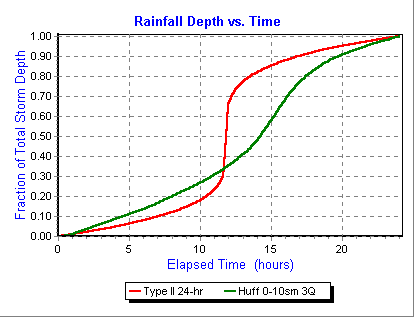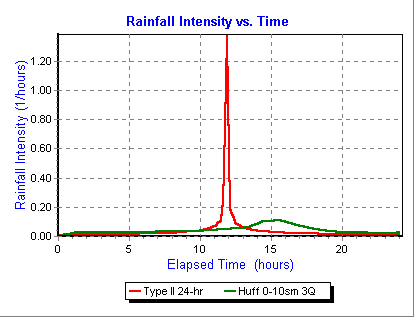WILDWINGS27
Civil/Environmental
I need to provide the existing 100-year peak discharge from a 5 acre site. To do this, I usually use the SCS-Type II,24 hr. rainfall distribution in Hydraflow. Using=Cn:80,Tc=15, and 7.58in. rain.....I get a peak discharge of 28.82 cfs.
However, I need to provide the peak rainfall using the Huff rainfall distribution. I can not find any examples of how do do this. Can anyone help me out?
Thanks
However, I need to provide the peak rainfall using the Huff rainfall distribution. I can not find any examples of how do do this. Can anyone help me out?
Thanks


